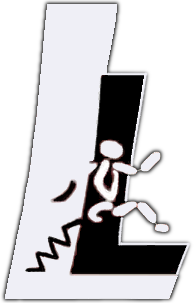WeRob/WearRaCon 2020: What should we expect from passive exoskeletons?
Assistive devices for metabolic reduction are designed to work in active (powered) or passive manner. Studies on exoskeletons are mostly concentrated on active devices as they can increase the robustness of locomotion, which is crucial for impaired or elderly subjects, and the energy injection from actuators can generate high metabolic cost reduction in unimpaired people locomotion. A significant improvement in metabolic cost reduction was achieved by human-in-the-loop-optimization method. Active exosuits could reduce the metabolic cost of both running and walking. In the passive devices, metabolic reduction could be achieved by shifting the energy among different joints or storing and recoiling energy of the same joint over the gait cycle. In this regard, without energy injection in passive devices, improving walking efficiency – which is already an efficient activity because of the evolution over thousands of years – is more challenging than in active devices. However, passive devices provide advantages such as requiring less maintenance and being light and economic, as they have no actuators, batteries, electronic boards, or sensors. In 2015, Collins et al. developed a passive elastic ankle exoskeleton working in parallel to the calf muscles that could reduce the metabolic cost of walking by about 7% by assisting push-off. More recently, further investigations demonstrated that energy transfer between two legs in their unpowered exoskeleton could reduce energy consumption in running and walking by using biarticular elastic element.
In this workshop we aim at questioning how passive exoskeletons (exosuits) can provide advantages in locomotion. What are the bioinspired features which can be beneficial in designing passive assistive devices? Why and how can biological musculoskeletal systems benefit from such assistance? What could be the advantages for elderly people and patients? What are the challenges and opportunities for the future?
This special session is organized in collaboration with the COST Action CA16116 “Wearable Robots for Augmentation, Assistance or Substitution of Human Motor Functions” http://wearablerobots.eu/
Organizers:
Maziar Ahmad Sharbafi, TU Darmstadt, Germany sharbafi@ut.ac.ir
Andre Seyfarth, TU Darmstadt, Germany seyfarth@sport.tu-darmstadt.de
Gregory Sawicki, Georgia Tech, USA gregory.sawicki@me.gatech.edu
Invited Speakers
To be announced.
Agenda:
To be announced.




